Xenoblade Chronicles
- decapvada
- Mar 6, 2024
- 5 min read
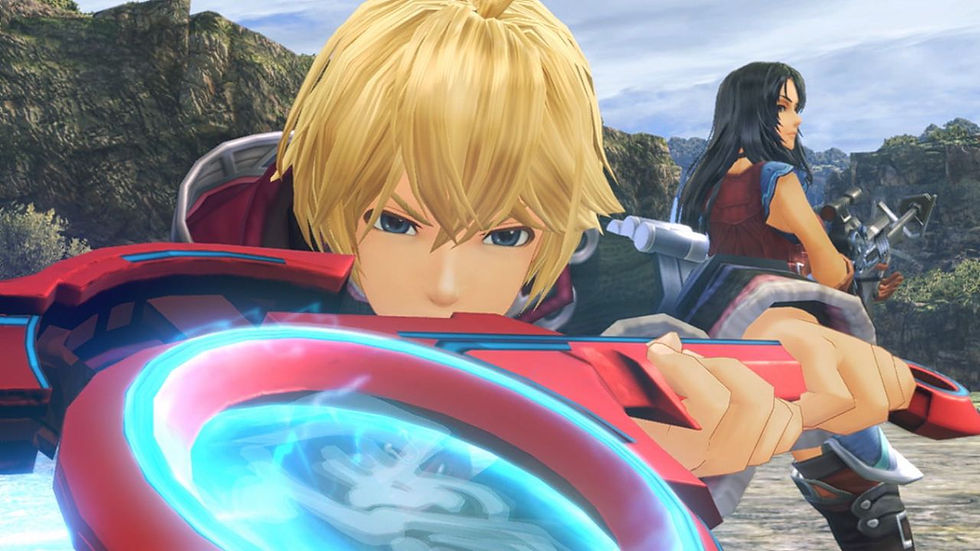
Tetsuya Takahashi is a writer of great ambition.
He worked at Square in the 90s as a graphic designer and director on such games as Final Fantasy VI and Chrono Trigger and once allowed to flex his creative muscles, he planned a massive interlinked series of games named Xenogears. He envisioned a story influenced by philosophy and religion that was so ambitious the original game could not be completed in time due to time constraints and the inexperience of the team. The second half of the narrative was told through cutscenes and dialogue, almost in a Neon Genesis Evangelion-like fashion and was nearly never localised due to fears over its religious symbolism. Interestingly, the plot of Xenogears was originally submitted to be the story of Final Fantasy VII but was declined due to being too dark and complicated.
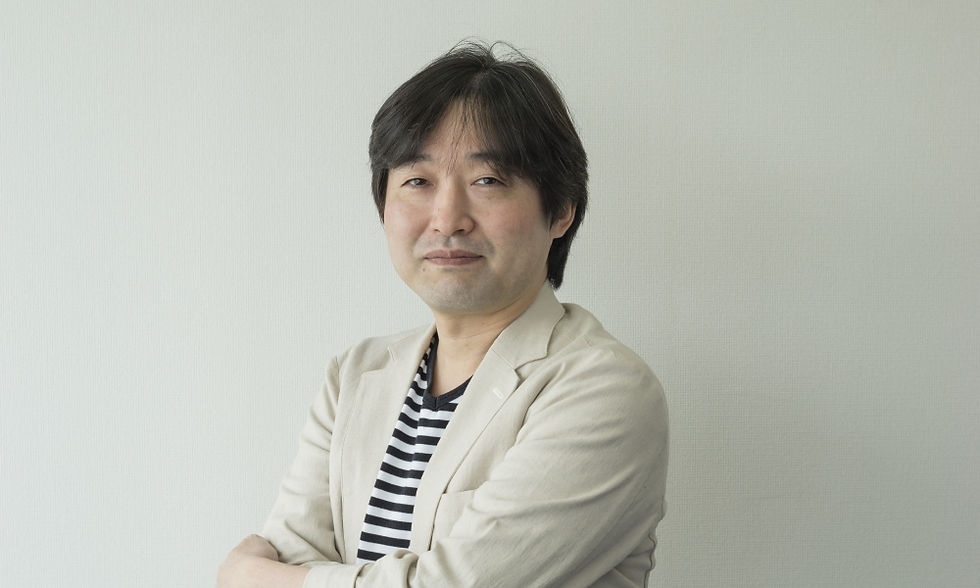
Despite being critically acclaimed and receiving acceptable sales numbers, it became clear to Takahashi that Square was not interested in his complex vision and wished to focus on Final Fantasy. This led to Takahashi leaving Squaresoft and forming Monolith Soft. Their next game and potential series, Xenosaga for the PlayStation 2, suffered a similar fate. A planned multi-chapter release, deep philosophical themes, critical acclaim, acceptable sales and an apathetic publishing company in Namco. The series then went from a six-part saga to a trilogy.
Tetsuya Takahashi’s team were at a moralistic low. It was later, in 2006, that the image of two giants and the societies that lived on each of them came to him and gave birth to his next game. It is fitting that Xenoblade Chronicles was originally known as Monado – Birth of a New World, for it would be this game that would set its developer and creator on the very path they follow to this very day under the ownership of Nintendo and as one of the top role-playing game developers in the video game industry. Thus, Xenoblade Chronicles was released on Nintendo Wii in 2010.
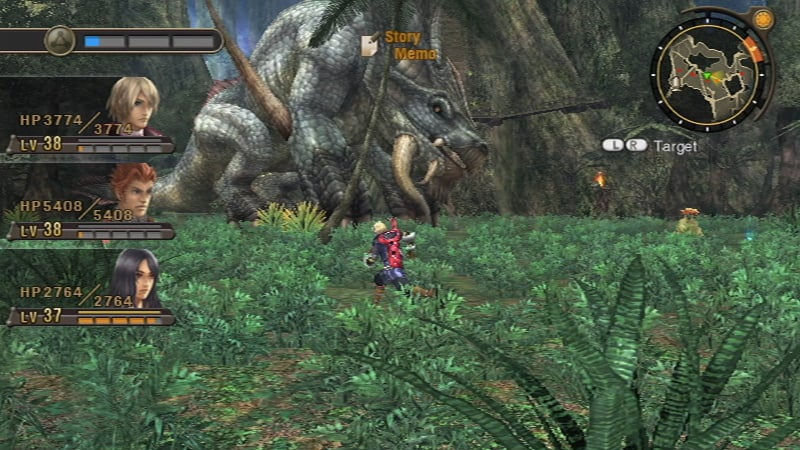
Stories of bands of acquaintances travelling across a fantasy/science fiction otherworld are rife in culture, especially in video games and role-playing games. The genre’s very mechanical nature leans toward this style of gameplay delivery, funnelling the player through area after area, gradually revealing the scope of said otherworld, changing biome and increasing the difficulty of whatever obstacles there are to pass. Yet Xenoblade Chronicles does something quite fascinating. It does all the above as well as any other JRPG before it and it does so with its own flavour and panache in a world completely original.
Takahashi sets up his universe of two giants effectively, and he runs with it. As the narrative takes the player from limb to limb and body part, the other giant forever looms. The arms, the legs, the head, and the very weapons both creatures hold are forever visible. The sense of scale and geography is always palpable and the views are often breathtaking and memorable.
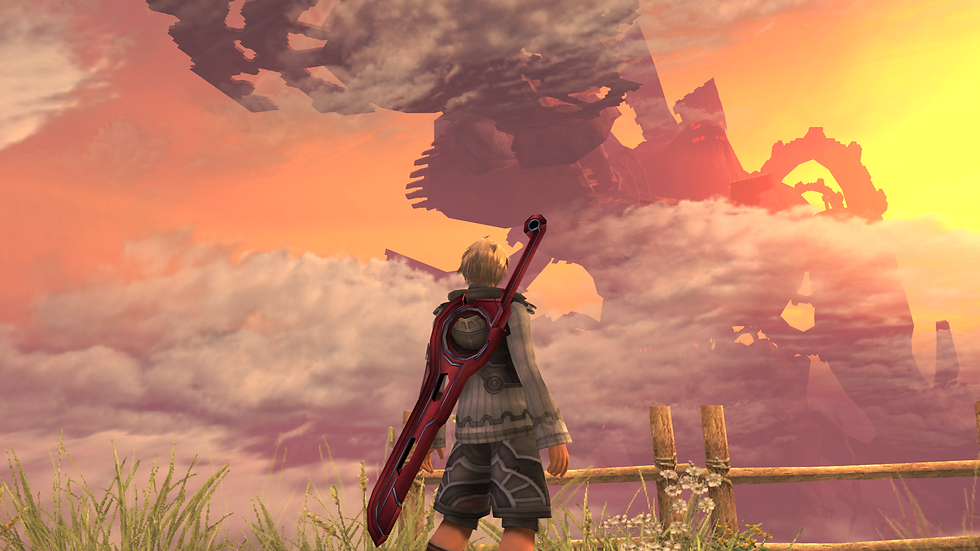
The war between these two giants, the Bionis and Mechonis and the indigenous lifeforms that reside on each, the Homs and the Mechons, is established quickly. Protagonist Shulk embarks on his quest for revenge and whether it is possible to immediately identify with his characterisation or not, the world, its mysteries and the nature of the Mechons and their reasons for invading the Homs, captivates.
Xenoblade features stunning, hugely explorable vistas and an enthralling action RPG battle system that allows for plenty of customisation and many exciting situations. Timing specific combos using the system’s powerful chain attack mechanic enthrals, as do the huge numbers that fly at the screen satisfyingly. The rousing score moves with sorrow, regret and sadness and easily lifts the weary in its moments of inspiration and bravery. The sense of adventure when exploring Bionis Leg, discovering secret areas, fighting monsters and even running away from the over-levelled nasties that wait for you, it's exhilarating to the soar of the area’s theme tune. So expansive and delightful are the game’s many areas that Monolith Soft worked on Nintendo’s first foray into the open world with The Legend of Zelda: Breath of the Wild.
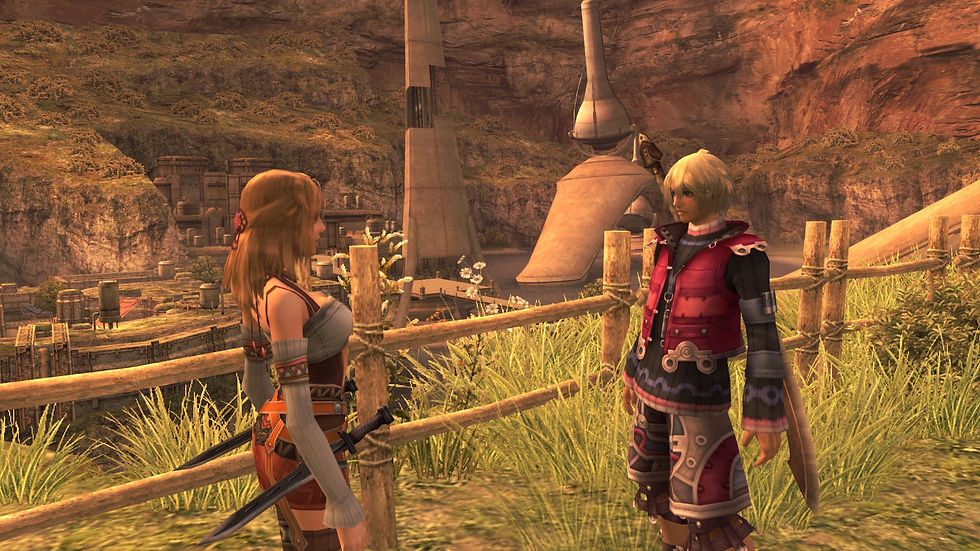
With such huge sprawling areas to explore, Monolith Soft’s generosity is untameable.
Perhaps wishing to give players enough content to fill an MMORPG, the insurmountable number of things to do threatens to drown the player. Some may not be interested in the endless collectables and side quests and thankfully up until the final boss there is little grinding needed as the game is generous enough with XP awards. Developing affinity with characters to unlock engagements between them, and further developing their relationships, is welcome. Sadly, the majority of side quests are forgettable and perhaps Monolith Soft expected a bit too much of a grind of the player when preparing to fight the final boss and it comes as a bit of shock after needing to level rarely through the main story.
To the well-read, the plot is mostly obvious yet there is enough nuance to discover and satisfy. There are twists at just the right moments that give the narrative a permanent sense of momentum and many are shocking and foreshadowed well. It is a story of revenge, perspective in war, religion, faith and most of all, free will. Nothing revolutionary and yet as stated earlier, delivered with such confidence and honesty it is hard to not be endeared.
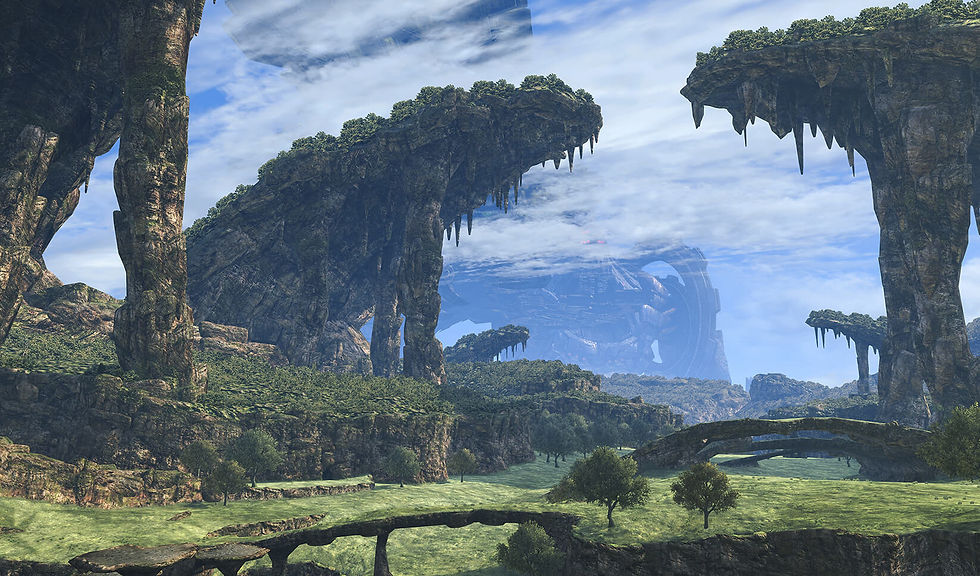
There is tragedy, yet also laughter, real compassion, as well as loss. It is a wonder that Xenoblade was not initially slated for American release, only Japan and Europe, which in turn gifted the game with a true English localisation. Various United Kingdom dialects, aside from the less human races, really enhance the flavour and tone of Xenoblade, distancing it from typical JRPG and anime tropes. Shulk is not whiny or depressed. He is a human being whose life is changed dramatically by events out of his control. At first, he is angered, and his rage takes him across the Bionis, to the Mechonis for his quest for revenge. With so much to say about free will, one wonders, is there free will in his quest for revenge at all? Shulk is an everyman, a mechanic who loves to fix things, and while he wields a giant sword and can see the future, the fact that he was once but a humble Homs is never forgotten. Eventually, he wants to fix the world and it’s relatable. His relationship with the group of travellers who join him, who also sacrifice and suffer great loss, is engaging until the end. Even Rein, the axe-wielding barbarian tank archetype of the group, breaks free of his clichéd design to become a multilayered, compassionate character. During battle the group banter and joke with each other, the results always endearing and often very funny. Then there is Rikki, the casual gamer of the group preferring to fight ‘easy monsters’ when he can, a source of much heart and compassion despite being a comic relief character.
It would become most fortunate that the late Satoru Iwata would bless the world with his sense during the development of what was then Monado – The Birth of a New World, suggesting that Takahashi should name it after his previous projects. A fitting tribute to years of hard work and creative energy spent. It would not be fair to remove the connection of Monolith Soft, Takahashi, and the previous Xeno games, instead, Monado accepts its heritage and the journey that has led to the eventual attainment of Takahashi’s goals as a video game writer.
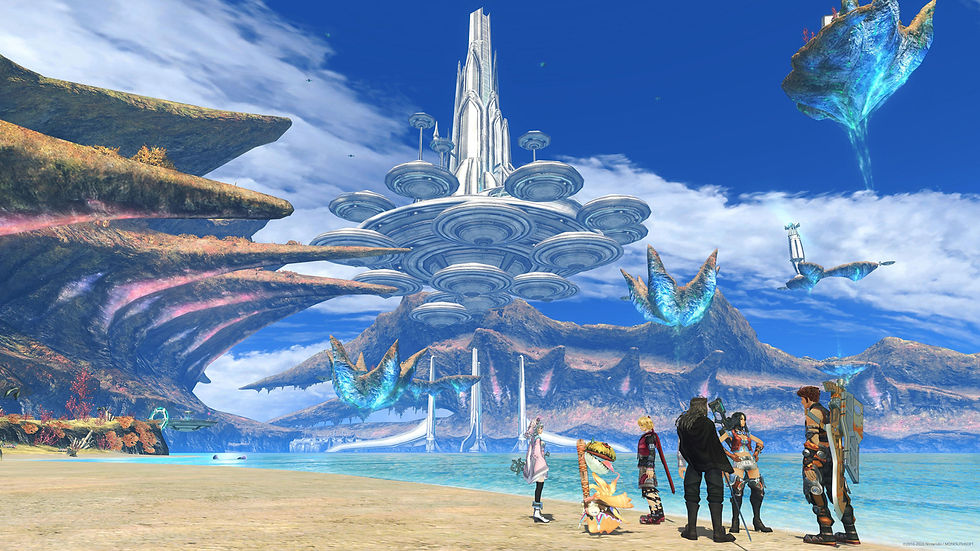
Xenoblade Chronicles represents the accumulation of everything Takahashi and his team have learned about videogame design and writing. It covers much of his aspirations for Xenogears and Xenosaga and tells its own story in a truly original world. Now with the release of the additional downloadable content story for Xenoblade Chronicles 3 on Nintendo Switch in Future Redeemed, Takahashi has completed his saga 12 years in the making. The three main games, while telling separate stories, do have interlinking ideas and characters for fans to discover. With the remaster of the original, Xenoblade Chronicles Definitive Edition and its sequel, Xenoblade Chronicles 2, also available on Switch, never has there been a better time to delve into the series while we wait for Monolith Soft to reveal what it will do next.



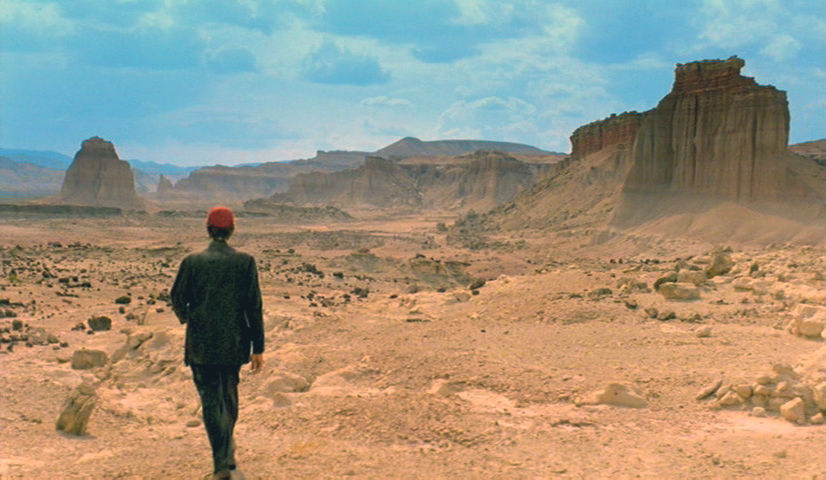
Comments